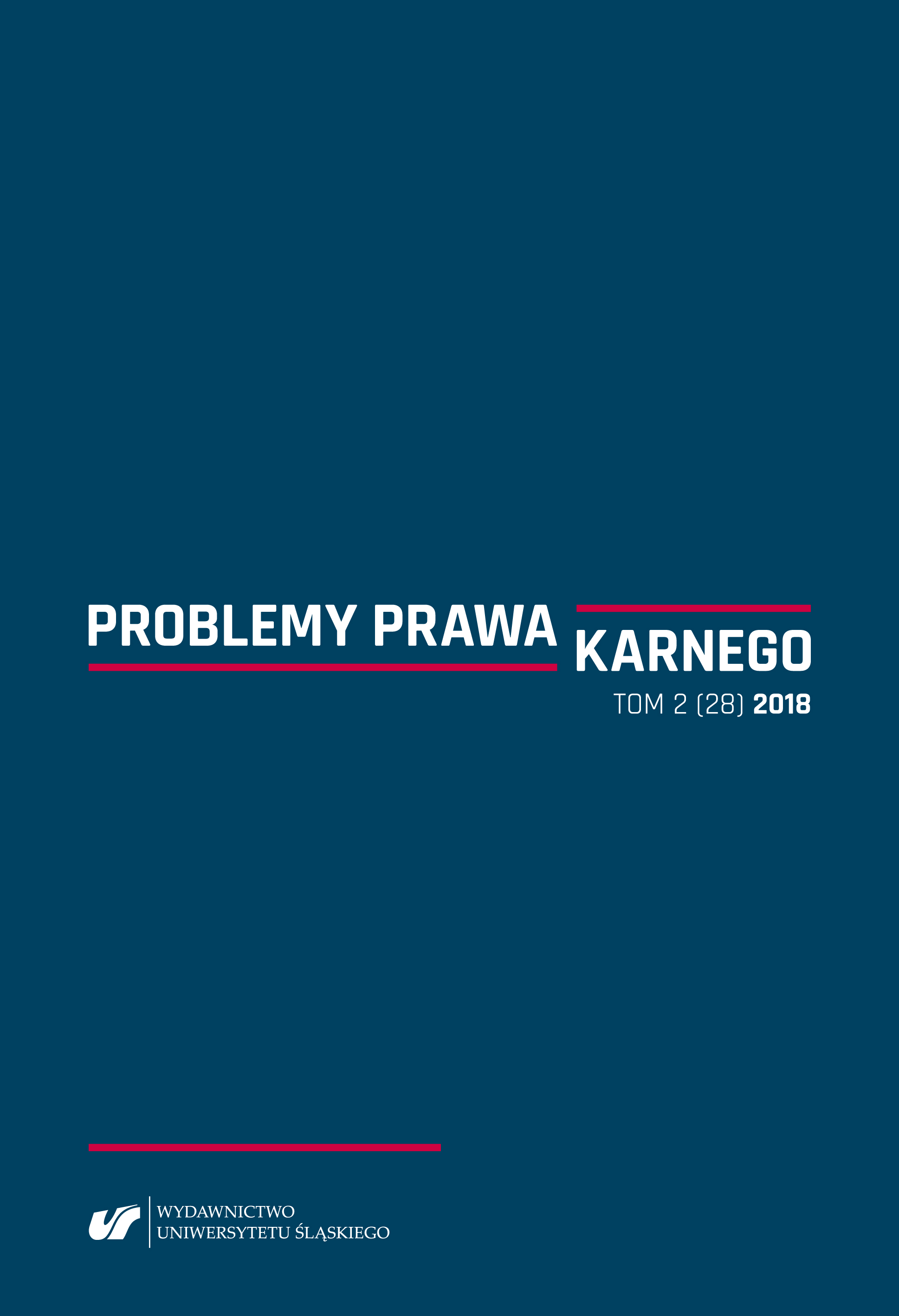Granice dozwolonej prowokacji w świetle art. 24 k.k.
The limits of permissible provocation in the light of Art. 24 k.k.
Author(s): Marta TumidalskaSubject(s): Law, Constitution, Jurisprudence
Published by: Wydawnictwo Uniwersytetu Śląskiego
Keywords: Provocation; the one who engages in provocation; police; minister of justice; public prosecution service; public prosecutor general; operation- and situation assessmentrelated activities; proceeding
Summary/Abstract: The institution of provocation in criminal law is an extremely interesting phenomenon, for it may refer both to people who do not perform any public functions as well as to people who hold such a position. In this perspective, it was necessary to indicate in the article the origin of the word provocation and its etymology. Therefore, one conducted an analysis of various definitions and their components. One also indicated the origin of the eponymous institution and the examples manifested in international body of rulings. In a description of such phenomena as provocation, it is necessary to indicate the responsibility of the person who commits the offence(s) mentioned in Art. 24 of the Penal Code. An interesting element has to do with the indication – in one of the subchapters – of the utilisation of provocation in operation- and situation assessment-related activities, which are a result of the act of law about the Police and about other services.Finally, one should ask oneself the question about the extent to which one may shift the application of regulations about responsibility, considering the catalogue of institutions which may employ such technique(s)? Therefore, should not one delimit the scope of the competence of organs such as the Public Prosecutor General/Minister of Justice, in order to enhance the efficiency of the system which was mentioned above? The conclusion of the article constitutes an attempt at answering the question about the aforementioned questions and to consider the plausibility of the combining these positions in the contextof the subject which is discussed.
Journal: Problemy Prawa Karnego
- Issue Year: 28/2018
- Issue No: 2
- Page Range: 213-224
- Page Count: 12
- Language: Polish

